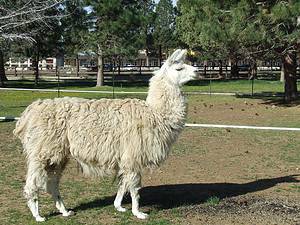In a world seeking sustainable and ethical food choices, the spotlight increasingly turns toward alternative protein sources. While traditional meats like beef, pork, and chicken dominate our plates, it’s time to explore lesser-known yet highly promising options – including llama meat.
This meat is a protein-rich and environmentally friendly alternative gaining traction on the global culinary scene. While it isn’t a common meat choice, its benefits may surprise you.
In this article, we’ll dive into the nutritional composition of this eat and explore its health benefits.
1. Nutritional Value
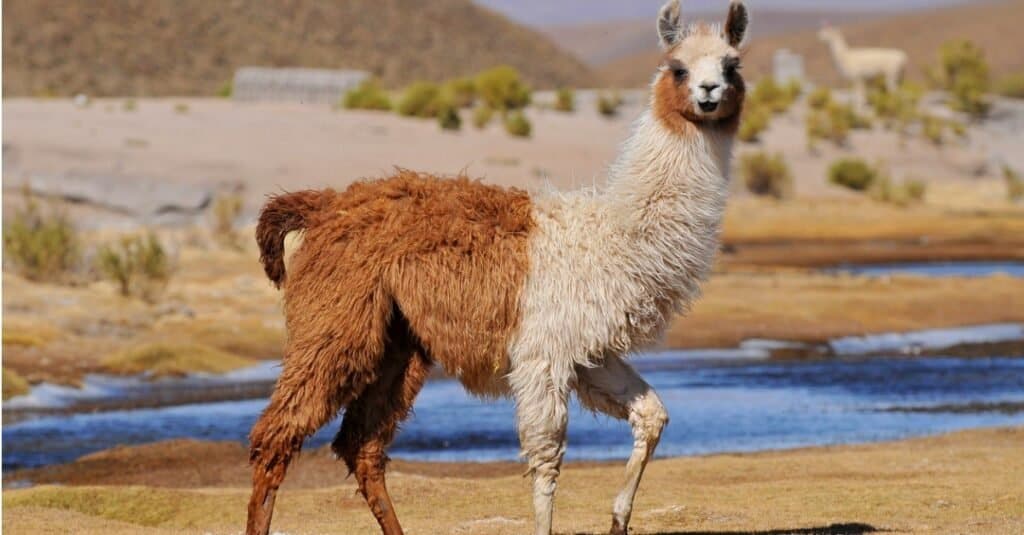
Llama meat is surprisingly nutritious.
©Cezary Wojtkowski/Shutterstock.com
Llama meat is surprisingly nutritional. One study found that it has an excellent protein content of 22.42%, making it one of the best protein sources. Protein is vital for repairing tissue, supporting immune function, and producing enzymes.
Protein is made up of different amino acids. Some of these humans can make from other nutrients. However, others must be consumed. These are “essential” amino acids, as they must be in our diet. Llama meat contains all of the essential amino acids humans need.
2. Low Fat Content
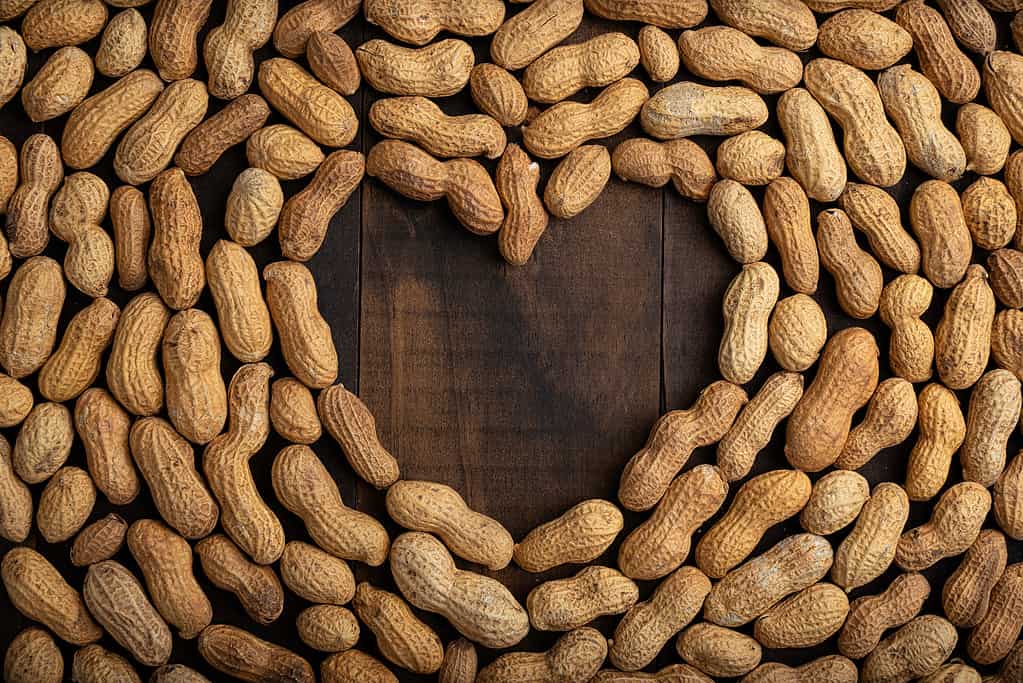
Llama meat is low in fat, making it a heart-healthy option.
©Sergio Hayashi/Shutterstock.com
Llama meat is a lean protein. It’s only 3.51% fat on average. In comparison, chicken is 7.78% fat (with about 30% of that fat being “unhealthy”). Therefore, llama meat is a much healthier choice than chicken if you’re looking to limit your fat intake.
Of course, fat is necessary in everyone’s diet. However, too much fat isn’t a good thing and can stimulate your body’s production of cholesterol.
Lowering your fat consumption may also reduce the risk of cardiovascular disease. Therefore, llama meat is a heart-healthy protein option.
3. Cholesterol Levels

Llama meat doesn’t contain much cholesterol.
©Schira/Shutterstock.com
Llama meat is naturally low in cholesterol. It has about 56 mg per 100 grams. In comparison, eggs have 373 mg per 100 grams. Chicken has about 88 mg.
Therefore, llama meat has one of the lowest cholesterol levels of any protein option. If you’re desperately trying to lower your cholesterol intake, consuming llama meat may be a better option than more readily available meats.
Choosing meats with lower cholesterol content, such as llama meat, can contribute to maintaining healthy cholesterol levels and overall cardiovascular well-being.
4. Essential Vitamins
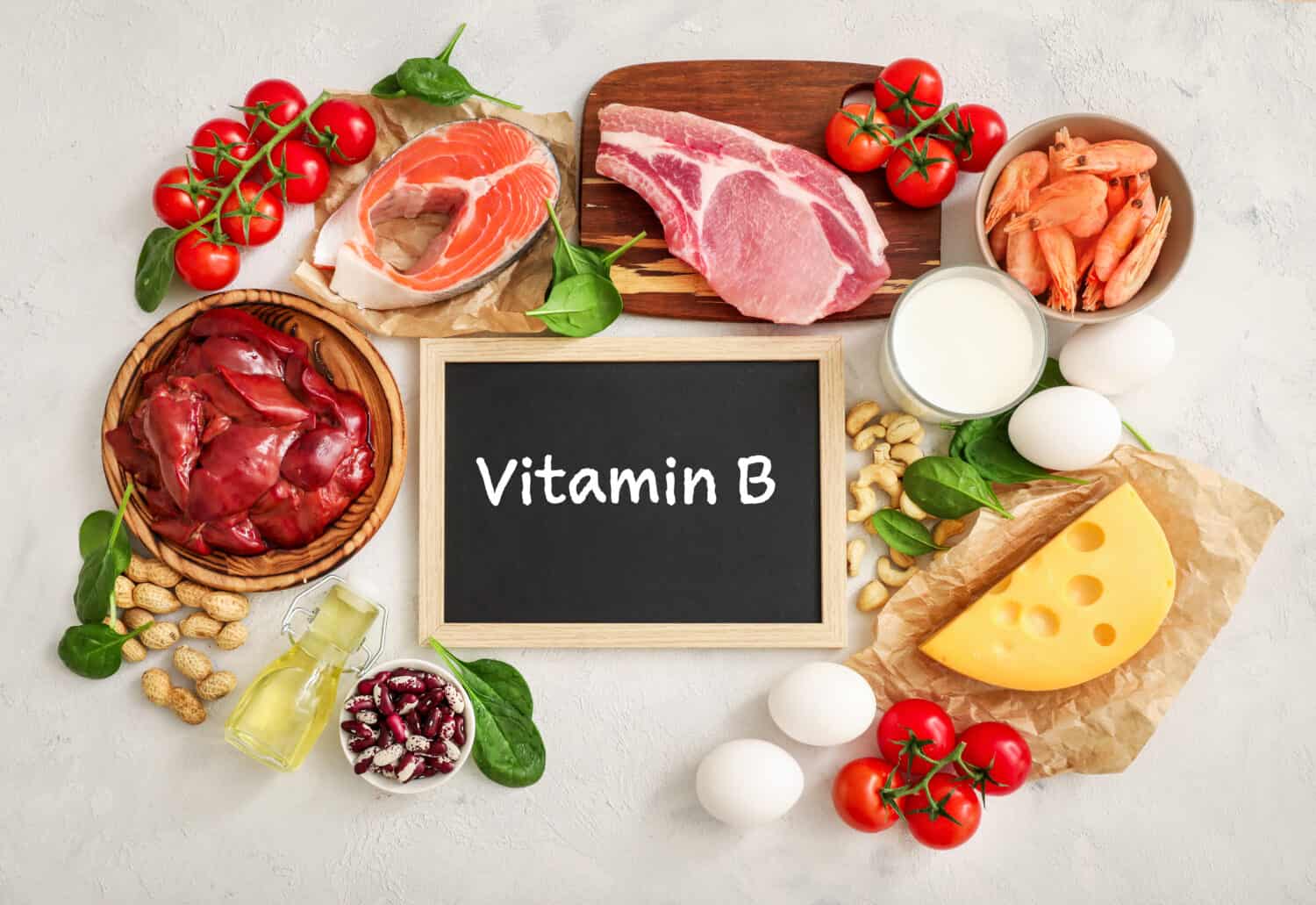
Llama meat is particularly high in B vitamins.
©LumenSt/Shutterstock.com
Llama meat contains many of the vitamins you need to survive. It’s particularly rich in B vitamins, which play many roles throughout the body. For instance, these vitamins help with energy production, brain function, and red blood cell formation. If you’re low in B vitamins, you’re much more likely to feel fatigued.
With that said, many meats are high in B vitamins. In fact, they’re one of the highest vitamins in most meats.
However, llama meat is lower in B vitamins than many other meat options, such as pork and beef.
5. Iron-Rich
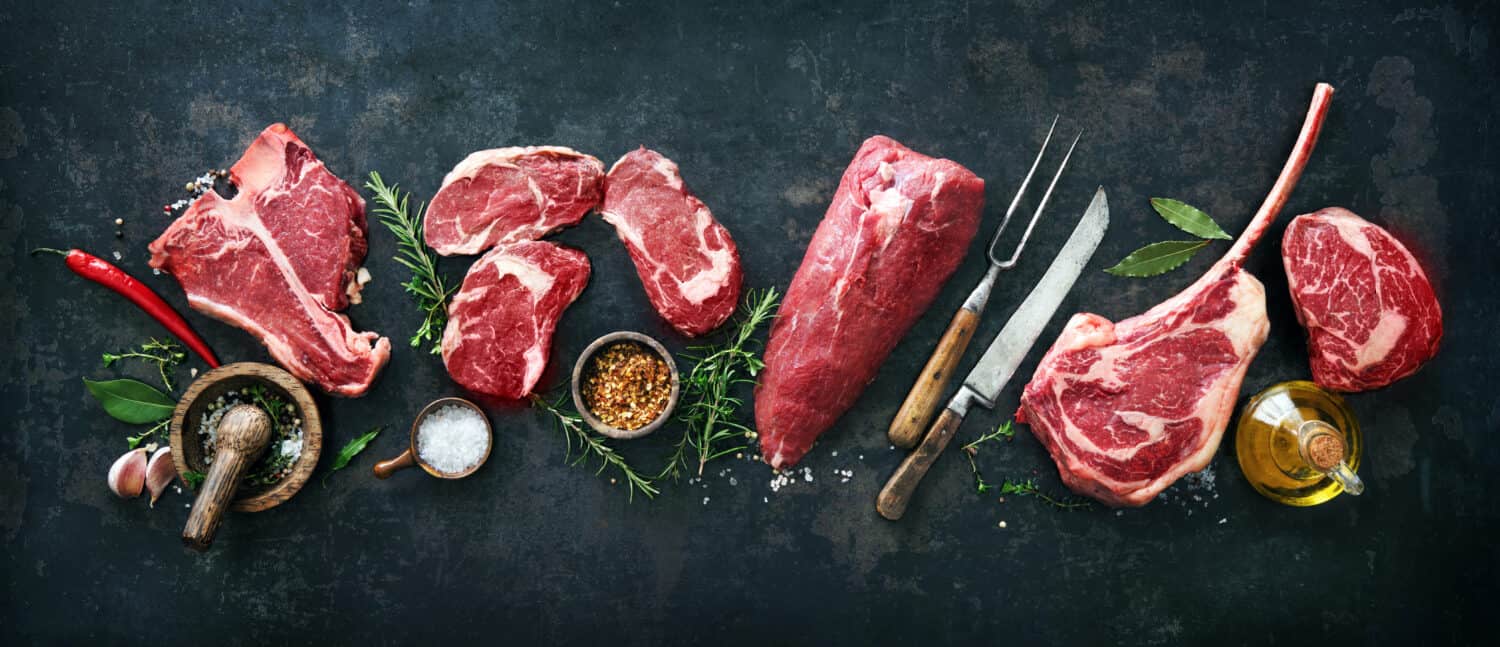
Llama is iron-rich like most other meats.
©Alexander Raths/Shutterstock.com
Like many other forms of meat, llama meat is an excellent source of iron. You need iron to make red blood cells, which carry oxygen throughout the body. Without red blood cells, you’ll quickly become anemic and start showing all the associated symptoms.
Certain groups of people need extra iron, including pregnant women and toddlers. These people may benefit most from eating iron-rich foods like llama meat.
6. Sustainable Farming

Llama may be more sustainable than other meat choices.
©StockMediaSeller/Shutterstock.com
As we aim to tackle the environmental challenges posed by traditional livestock production, sustainable farming practices are gaining significance. Choosing llama meat as a protein option proves to be a more sustainable alternative.
Did you know that llama farming has several advantages over traditional livestock farming? Llamas are highly adaptable animals that can thrive in harsh climates and graze on vegetation that may not be suitable for other livestock. They’re particularly well-suited to regions with sparse vegetation, rocky terrain, and high altitudes, meaning they make efficient use of available land and help reduce the need for large-scale agricultural expansion.
Plus, llamas have a unique digestive system that allows them to extra nutrients from their diet more effectively. They are very efficient converters of vegetation into meat, so they require less feed than other livestock.
For this reason, llamas may require less demand for agricultural resources, such as crop production. Therefore, the ecological footprint of llama farming is less than others.
7. Versatile for Cooking

Llama can be cooked in many different ways.
©Viacheslav Nikolaenko/Shutterstock.com
Llama meat is extremely versatile, making it easy to cook and incorporate into many meals. It has a tender texture and mild flavor, so you can easily use it with many flavors.
Grilling is the preferred method for preparing this meat, as it makes the meat more flavorful. Many people like to add a smoky char. Marinating the meat can also help improve its flavor. Llama steaks and kebabs lend themselves particularly well to marinating.
Roasting is also possible as long as it is done correctly. It produces an outer crust while retaining the meat’s natural juiciness. Larger cuts are perfect for this method. Obviously, roasts are probably the best option.
The lean nature of this meat makes it perfect for stews and soups. It won’t leave behind the massive amount of grease that other meats do, and it tends to absorb the flavors of whatever it is cooked in. It also works well for slow-cooked meals.
Llama meat’s texture and flavor make it an excellent choice for stir-fries and sautés. Its tenderness enables quick cooking, resulting in juicy and flavorful dishes. When combined with an array of vegetables, sauces, and spices, this meat adds a unique twist to stir-fried creations, delivering a harmonious blend of flavors and textures.
While it isn’t as possible, ground llama meat can also be used in many ways. It makes flavorful burgers and tacos, for instance.
8. Unique Flavor Profile

Llama meat lends itself well to sucking up the flavors of whatever it is cooked with.
©Drazen Zigic/Shutterstock.com
While llama meat isn’t as flavorful as some other meats, it still does have its own flavor. It’s often described as a cross between beef and lamb. However, its flavor will depend on what the animal ate. Therefore, you may experience some variance depending on the producer, especially since llamas are often allowed to graze.
Llama meat has a particularly mild taste. Therefore, it can absorb the flavors of whatever it is cooked in. If you don’t like the taste of llama meat, you can easily adjust it by adding spices and herbs. It’s not a hard meat to like for this reason.
It also has a mildly sweet flavor, which is unique compared to other meats. This flavor is likely due to the animal’s diet, which probably consists of plants with naturally occurring sugars. This hint of sweetness is often why it is described as tasting like lamb.
9. Cultural Significance

Many people in South America consume llama meat.
©Eduardo Rocha Paz/Shutterstock.com
Llama meat holds a special cultural importance in many areas of South America, where the llama is native. In these areas, llamas have been raised and consumed for centuries, which has led to them becoming a key part of the cultural tradition.
Llama meat is an integral part of the local diet in South American countries Peru, Bolivia, Ecuador, and Chile. Many families in these areas cook traditional recipes with llama meat. Over the years, llama meat has become a delicacy in these areas, and it is most often cooked for special occasions.
Moreover, the preparation and cooking techniques associated with llama meat have been passed down through generations, with each region having its own traditional recipes and methods. To cook their grandmother’s recipe, many younger folk may need to source llama meat.
Therefore, llama meat isn’t new for everyone. In many areas, it may be part of the local cuisine tradition.
10. Ethical Considerations
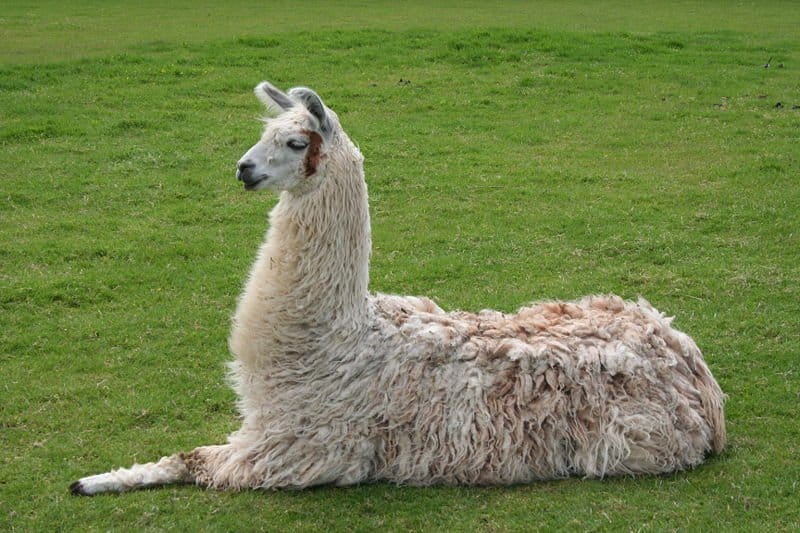
Llamas may be more ethical to consume, as they are often raised in smaller herds.
©Johann Dreo / Creative Commons – Original
Llamas aren’t typically the animal utilized in large-scale farming. Therefore, they’re often raised in smaller herds and enjoy more space with traditional farmers looking over them. They may have more opportunities to graze on open pastures and perform other natural behaviors.
Llamas are known for their hardiness and resilience, requiring fewer veterinary interventions compared to other livestock. Their strong immune systems and adaptability to harsh environments require minimal use of antibiotics or hormones, promoting natural and sustainable farming while reducing the risk of antibiotic resistance.
Because llamas consume a variety of plant species, they are often grazed on natural pastures. These pastures don’t require as much management and pesticide use. Llamas also require fewer resources compared to conventional livestock, including less feed.
Summary of Llama Meat
| Number | Llama Meat Fact |
|---|---|
| 1 | Nutritional Value |
| 2 | Low Fat Content |
| 3 | Cholesterol Levels |
| 4 | Essential Vitamins |
| 5 | Iron-Rich |
| 6 | Low-Fat Content |
| 7 | Versatile for Cooking |
| 8 | Unique Flavor Profile |
| 9 | Cultural Signficance |
| 10 | Ethical Considerations |
The photo featured at the top of this post is © La Su/Shutterstock.com
Thank you for reading! Have some feedback for us? Contact the AZ Animals editorial team.




